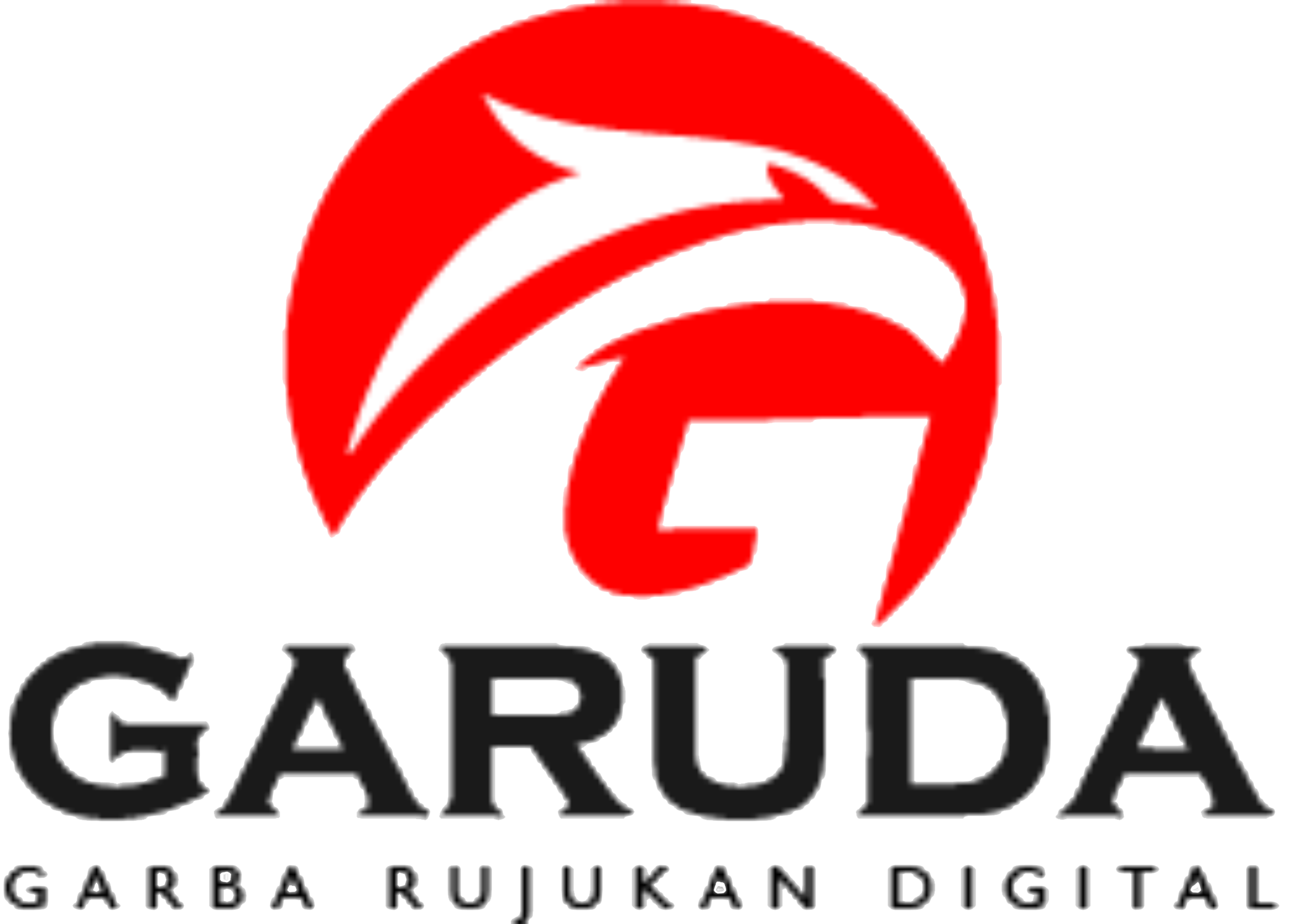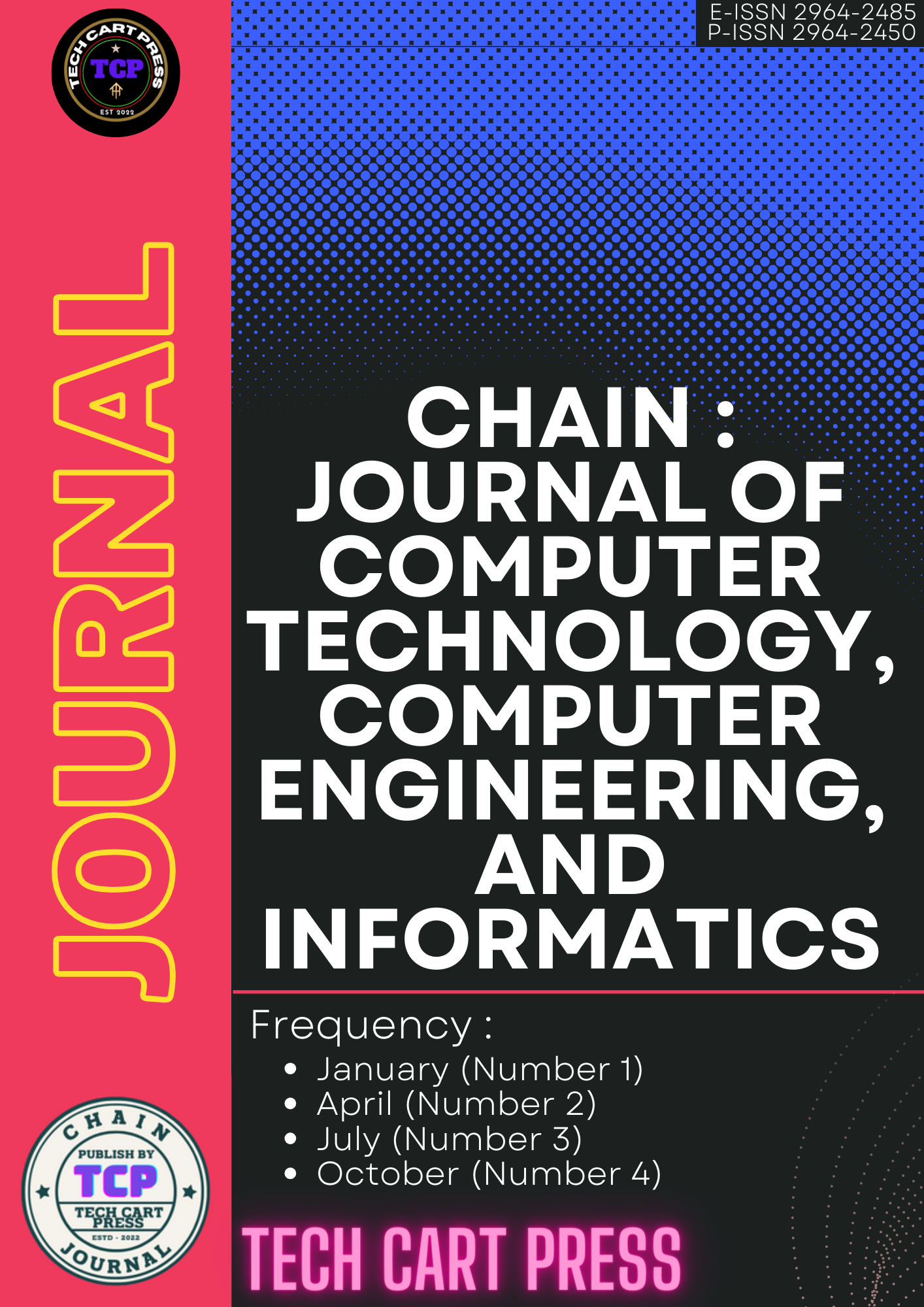Sistem Pendukung Keputusan untuk Pemilihan Platform Pengembangan Aplikasi Web Menggunakan Metode MOORA
Abstract
A web application development platform is a framework or environment that provides tools, libraries, and features to simplify the process of creating a web-based application. Choosing a web application development platform is an important step that affects the success of an application development project. Each platform has its own advantages and disadvantages, such as scalability, ease of integration, security level, cost efficiency, and ease of use. However, without a systematic approach to evaluating and comparing these alternatives based on relevant criteria, the risk of choosing a suboptimal platform is increasing. The purpose of this research is to apply DSS in the selection of web application development platforms using the MOORA method which provides an objective and structured solution in choosing the platform that best suits the needs of web application development based on various criteria. By using the MOORA method, it is hoped that it can produce recommendations that are appropriate and acceptable to developers and stakeholders in the decision-making process. As a result of the calculation using the MOORA method, react ranks first with a final value of 0.4265, making it the best platform for web application development in this case. Angular follows in second place with a value of 0.4261, which indicates a performance that is almost on par with React. Laravel is ranked third with a value of 0.4142, followed by Django in fourth place with a value of 0.4095. Vue.js ranks fifth with a value of 0.3902, while Ruby on Rails is in last place with a value of 0.3756. The results of this ranking reflect the excellence of React in meeting the set criteria, followed by other alternatives that have strong performance in certain aspects.
References
D. Darwis, A. Ferico Octaviansyah, H. Sulistiani, and R. Putra, “Aplikasi Sistem Informasi Geografis Pencarian Puskesmas Di Kabupaten Lampung Timur,” J. Komput. dan Inform., vol. 15, no. 1, pp. 159–170, 2020.
T. Ardiansah and D. Hidayatullah, “Penerapan Metode Waterfall Pada Aplikasi Reservasi Lapangan Futsal Berbasis Web,” J. Inf. Technol. Softw. Eng. Comput. Sci., vol. 1, no. 1, pp. 6–13, 2023.
J. D. Manik, A. R. Samosir, and M. Mesran, “Penerapan Metode Simple Additive Weighting dalam Penerimaan Siswa Magang Pada Universitas Budi Darma,” sudo J. Tek. Inform., vol. 1, no. 2, pp. 51–59, Jun. 2022, doi: 10.56211/sudo.v1i2.14.
L. Sinambela and L. Nababan, “IMPLEMENTASI METODE TOPSIS DALAM PENERIMAAN MAHASISWA MAGANG PADA YAYASAN PERGURUAN IMMANUEL MEDAN,” JTIK (Jurnal Tek. Inform. Kaputama), vol. 7, no. 2, pp. 286–296, Jul. 2023, doi: 10.59697/jtik.v7i2.77.
J. Wang, S. Setiawansyah, and Y. Rahmanto, “Decision Support System for Choosing the Best Shipping Service for E-Commerce Using the SAW and CRITIC Methods,” J. Ilm. Inform. dan Ilmu Komput., vol. 3, no. 2, pp. 101–109, 2024, doi: 10.58602/jima-ilkom.v3i2.32.
A. Raynaldi, A. Ikhwan, and M. D. Irawan, “Implementasi AHP Dan Promethee Dalam Pemilihan Bengkel Resmi Terbaik Di Deli Serdang,” J-SISKO TECH (Jurnal Teknol. Sist. Inf. dan Sist. Komput. TGD), vol. 6, no. 2, p. 687, Jul. 2023, doi: 10.53513/jsk.v6i2.8363.
H. Sulistiani, U. Adji, and S. Maryana, “Sistem Pendukung Keputusan Dalam Memilih Bibit Kedelai Menggunakan Kombinasi Metode TOPSIS dan ROC,” KLIK Kaji. Ilm. Inform. dan Komput., vol. 4, no. 3, pp. 1381–1389, 2023.
S. H. Hadad, S. Subhan, S. Setiawansyah, M. W. Arshad, A. Yudhistira, and Y. Rahmanto, “COMBINATION OF LOGARITHMIC PERCENTAGE CHANGE-DRIVEN OBJECTIVE WEIGHTING AND MULTI-ATTRIBUTIVE IDEAL-REAL COMPARATIVE ANALYSIS IN DETERMINING THE BEST PRODUCTION EMPLOYEES,” J. Tek. Inform., vol. 5, no. 3, pp. 843–853, 2024, doi: 10.52436/1.jutif.2024.5.3.2057.
J. Wang, D. Darwis, S. Setiawansyah, and Y. Rahmanto, “Implementation of MABAC Method and Entropy Weighting in Determining the Best E-Commerce Platform for Online Business,” JiTEKH, vol. 12, no. 2, pp. 58–68, 2024, doi: 10.35447/jitekh.v12i2.1000.
A. R. Mishra, P. Rani, F. Cavallaro, I. M. Hezam, and J. Lakshmi, “An Integrated Intuitionistic Fuzzy Closeness Coefficient-Based OCRA Method for Sustainable Urban Transportation Options Selection,” Axioms, vol. 12, no. 2, p. 144, Jan. 2023, doi: 10.3390/axioms12020144.
O. Kabadurmus, Y. Kayikci, S. Demir, and B. Koc, “A data-driven decision support system with smart packaging in grocery store supply chains during outbreaks,” Socioecon. Plann. Sci., vol. 85, p. 101417, 2023.
A. Karim, S. Esabella, T. Andriani, and M. Hidayatullah, “Penerapan Metode Multi-Objective Optimization on the Basis of Simple Ratio Analysis (MOOSRA) dalam Penentuan Lulusan Mahasiswa Terbaik,” Build. Informatics, Technol. Sci., vol. 4, no. 1 SE-Articles, Jun. 2022, doi: 10.47065/bits.v4i1.1630.
T. Barik, S. Parida, and K. Pal, “Optimizing the input parameters setting for least hole defects while drilling CFRP laminates by multi-objective optimization on the basis of ratio analysis (MOORA) method,” J. Phys. Conf. Ser., vol. 2484, no. 1, p. 012007, May 2023, doi: 10.1088/1742-6596/2484/1/012007.
S. Sintaro, A. A. Aldino, S. Setiawansyah, and V. H. Saputra, “Combination of Multi-Objective Optimization on the basis of Ratio Analysis (MOORA) and Pivot Pairwise Relative Criteria Importance Assessment (PIPRECIA) in Determining the Best Cashier,” J. Comput. Informatics Res., vol. 3, no. 1, pp. 133–140, Nov. 2023, doi: 10.47065/comforch.v3i1.969.
L. Nababan, R. Daeli, D. Siregar, E. W. Ambarsari, and S. Fadli, “Sistem Pendukung Keputusan Rekomendasi Pengangkatan Karyawan Kontrak Menjadi Karyawan Tetap Menerapkan Metode Multi Objective Optimization on the Basis of Ratio Analysis (MOORA),” J. Informatics Manag. Inf. Technol., vol. 3, no. 2, pp. 35–45, 2023, doi: 10.47065/jimat.v3i2.254.
S. Sintaro and S. Setiawansyah, “Kombinasi Multi-Objective Optimization on the basis of Ratio Analysis (MOORA) dan PIPRECIA dalam Seleksi Penerimaan Barista,” J. Ilm. Inform. dan Ilmu Komput., vol. 3, no. 1, pp. 13–23, 2024, doi: 10.58602/jima-ilkom.v3i1.23.
S. Chakraborty, H. N. Datta, K. Kalita, and S. Chakraborty, “A narrative review of multi-objective optimization on the basis of ratio analysis (MOORA) method in decision making,” OPSEARCH, pp. 1–44, 2023, doi: 10.1007/s12597-023-00676-7.
T. P. Handayani, P. I. Wantu, I. Ibrahim, and H. Gani, “Penerapan Metode Multi Objective Optimization on The Basic of Ratio Analysis (MOORA) Untuk Pemilihan Penerima Bantuan Langsung Tunai di Desa Ilomangga,” J. Ilm. Tek. Mesin, Elektro dan Komput., vol. 3, no. 2, pp. 229–243, 2023.
Copyright (c) 2024 Reflan Nuari

This work is licensed under a Creative Commons Attribution-ShareAlike 4.0 International License.






